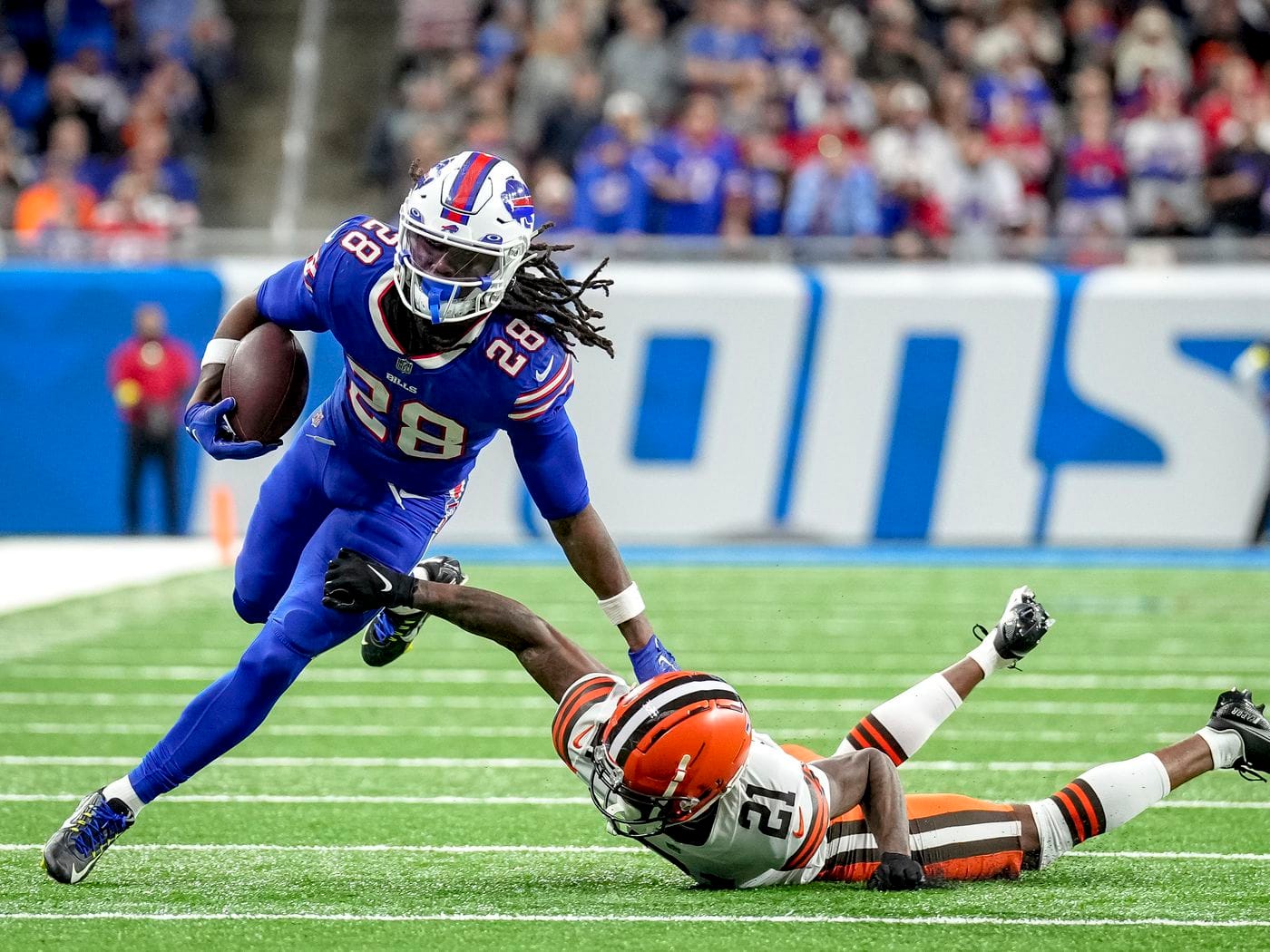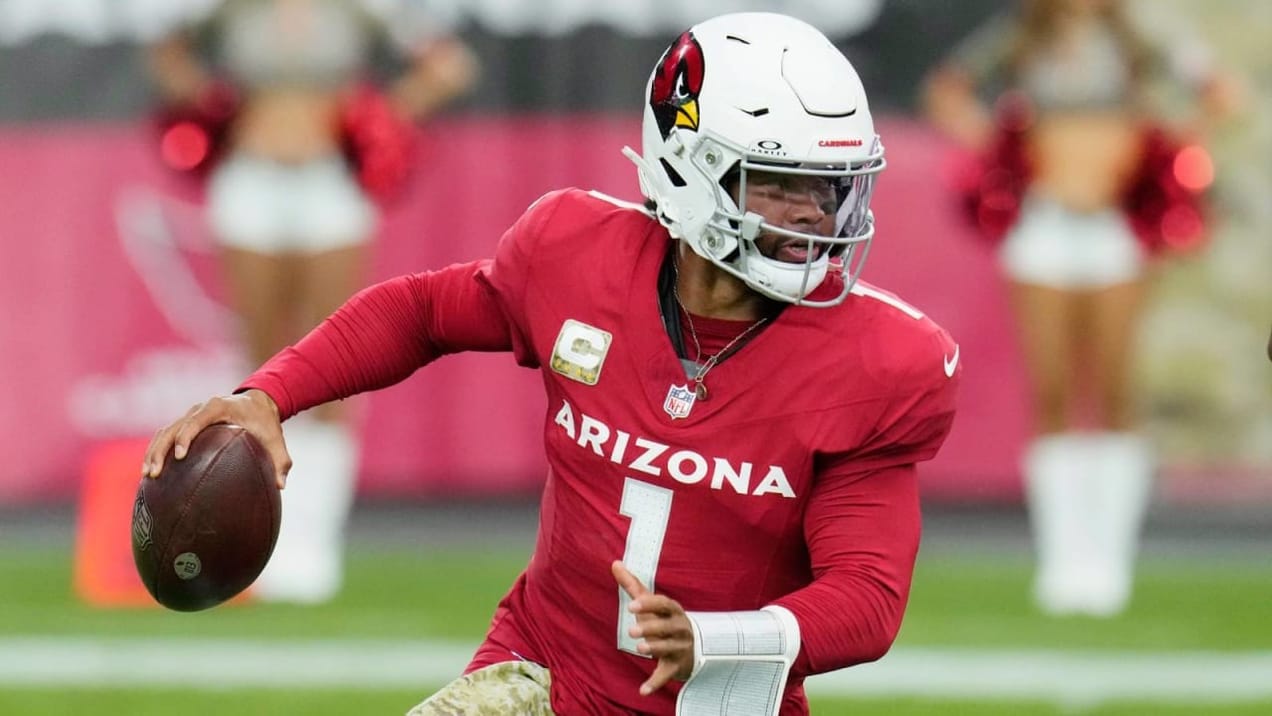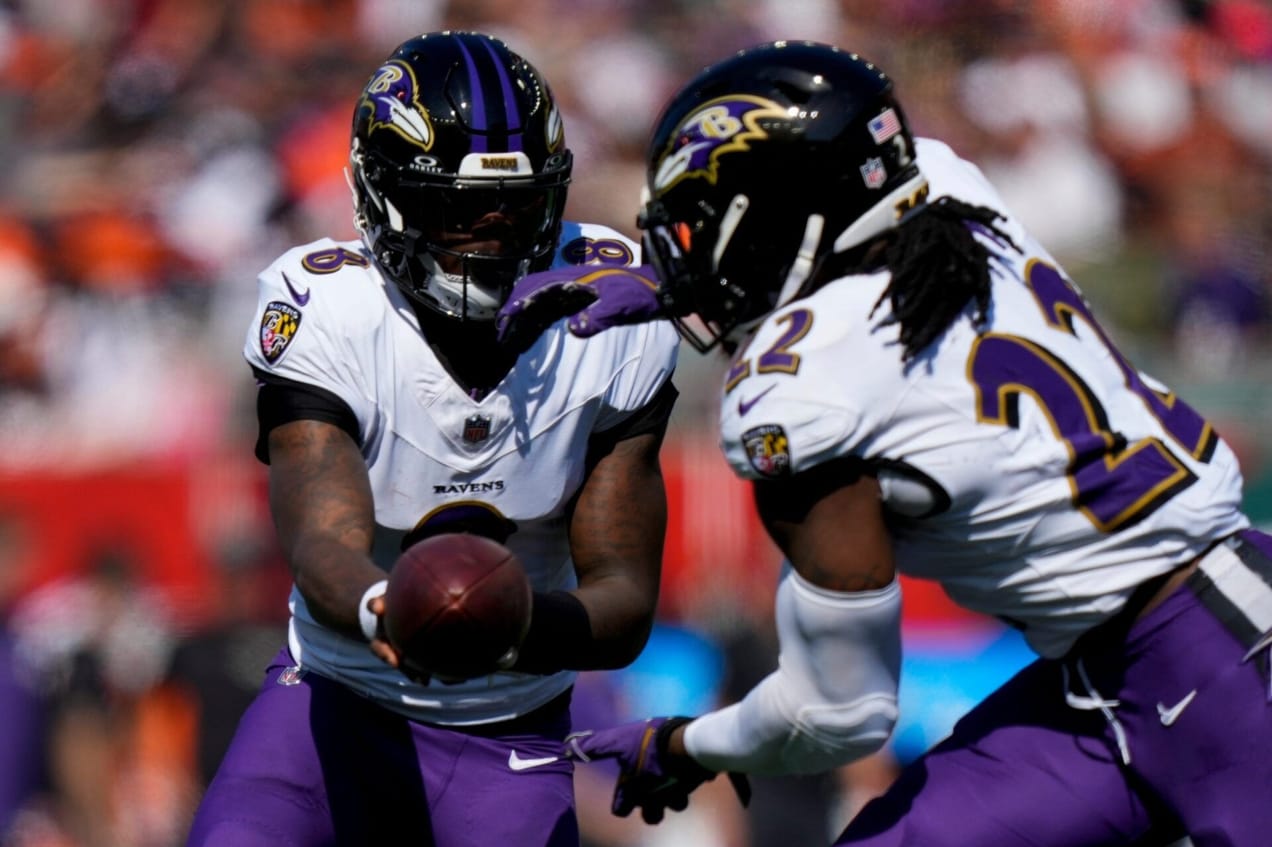
Exploiting 2024's Surreal Early Round RB Prices
Running backs have never been cheaper than they are right now.
This is not hyperbole. They've literally never been cheaper.
Ok, fine, I don't actually know what ADP was in the check-the-newspaper era. But it's a safe bet the box-score-bros weren't taking just 9 RBs in the first three rounds. We are.
As we saw last year, cheap RB prices can induce a Leeroy Jenkins effect in some drafters. Charge in, grab RBs, and hope to hell some WRs show up later and bail you out.
This produced disastrous results in 2023.
Per RotoViz's Underdog Roster Construction Explorer, drafters who selected three RBs through Round 5 had poor advance rates. Even worse, the teams that did advance to the playoffs served mostly as pod fillers.

Even drafters with just two RBs through Round 5 didn't fare particularly well, posting below-average advance rates across the board.

This isn't to say that all early RB starts were doomed. In fact, as long as you had two RBs through Round 5 – paired with three WRs – your outlook was much stronger.

But this kind of gives the game away, doesn't it?
It's not really about the RB position.
Instead, it's about about the most important position in fantasy—wide receiver.
2023 once again underlined the most fundamental principle in fantasy football: it's extremely difficult to make up for a lack of early-round WR firepower.
But 2023 also showed that you can get away with early-round RB picks, provided you don't ignore WR.
But what if you ignored last year's historically cheap RB prices altogether? Surely, that came with some kind of penalty.
Nope.
Completely ignoring early-round RBs was the nuts.

In fact, a more extreme version of the zero RB strategy – ignoring RB through the first six rounds – produced the very best results last year.

Crucially, last year was not a historically bad year for early-round RB selections.
We had Christian McCaffrey crush from the early 1st, Jahmyr Gibbs was a late-season hammer from the 3/4 turn, Travis Etienne hit from the 4th, and Breece Hall smashed down the stretch from the 3rd-5th.
Even uninspiring picks produced above-average advance rates as top 50 picks, like Tony Pollard (19.1%), Derrick Henry (22.8%), and Joe Mixon (20.9%).

But these hits don't strengthen the case for early RB; they undermine it.
Last year's crop of early RBs largely held up their end of the bargain... and yet, indiscriminately detouring from WRs in the early rounds was still a money-burning proposition.
The New ADP Landscape
Last year, I was a huge advocate of selecting Breece Hall. And I was open to taking a number of other early round and dead zone backs. But I was also of the opinion that the new, admittedly extreme, WR pricing was efficient.
Drafters were taking high-end WRs early in the draft with the understanding that these profiles simply were not available later on.
Many drafters lured by the siren song of "cheap" RB production in the early rounds were smashed on the rocks of WR scarcity. WR scarcity that hit earlier than at any point in fantasy history... until now.
This year, drafters are pushing WRs up even further.
Even for a died-in-the-wool WR bro, this is kind of nuts.

This isn't an overreaction to one year. Zero RB is on a three-year run of half-PPR dominance.

With WR prices now reflecting this dominance, it's certainly possible that early RB strategies will deliver a contrarian counterpunch after last year's knockdown blow.
But rather than unlocking a contrarian strategy, it seems more likely that this ADP landscape offers a simpler lesson—don't fall behind at the position that contributes the most points to your starting lineup.
Shifting Structures
As Mike Leone recently broke down, this dramatically different environment shifts how we need to be thinking about RB strategies.
"Unlike when I first wrote about hyperfragile RB teams, you do not want to be drafting three to four RBs early. The WR landscape has changed too much. It’s harder than ever to beat quantity with quality in that position as the ADPs of the position get pushed up en masse.
The best 4-RB teams in the Week 17 finals last season were either CMC teams that drafted one or two mid to high single-digit-round RBs, or teams that paired Breece Hall with Jahmyr Gibbs (Rounds 3 and 4) and took one other mid to late single-digit-round RB. Almost all of these builds had the fourth and final RB drafted in the double-digit rounds."
It's not that you can't swim against the tide.
You can draft RBs early... it's ok.
But as this game ages... our RB metabolism is slowing down.
In BBM1, we could stay out late, see a show, hit the club, take 10 RBs in the first round, and wake up the next day feeling great.

But the WR5 doesn't go at pick 21 anymore; he goes at pick 6.
We're older and wiser than we used to be. But if we don't watch our non-essential consumption, things can spiral out of control quickly.
It's not that we can't take RBs early. It's just that we need to be more conscientious about how we build around them and more selective in our targets.
In year's past, a team with four consecutive RB selections in Rounds 7-10 would be looking at taking 6-7 total RBs. Maybe you stop at five if you really want to push it. This year, that build could include four clear-cut RB starters, or three with a talented 1B. That's... a hyper-fragile RB room.
In other words—the current best ball landscape allows us to combine zero RB and hyper fragile.
We can have our WR firepower, while staying lean at RB. This unlocks extra roster spots for late round spike week dart throws at WR or TE. It also creates opportunities to build teams with three game-stacked QBs, which Mike Leone found to be a highly +EV strategy last year.
We've never seen an environment like this, but given that both zero RB and hyper fragile have a history of success, the opportunity to combine them is not one I'm looking to pass up.
This landscape should make us especially picky about RBs in the early rounds. After all, it's not just that WR firepower dries up quickly, elite QBs are much cheaper than last year, and this sets up as one of the best years ever for elite TE, a historically dominant strategy.
Selectively Swimming Against the Tide
Generally, I think the market has the right idea in continuing to push up WRs.
Most early-round WRs provide archetypal bets that we don't have access to later in the draft. Extreme WR pricing only makes this more true.
In 2018, Zay Flowers would probably have been an intriguing 5th-6th-round upside bet—like Calvin Ridley or DJ Moore were entering their second seasons. He's currently at the 3/4 turn.
Tank Dell, the projected No. 3 WR on his own team, might have fallen outside the top 100 picks. He's going two pick behind Flowers.
For the most part, if a player is talented and plays WR... he's being selected early in 2024 best ball drafts.
On the one hand, it feels like drafters have lost their minds. On the other, to some extent you have to go with the flow. You want to be on the lookout for value. But you can't get buried in the avalanche.
But that non-WR value is real. And, like last year, I think the current landscape offers some opportunities to selectively target RBs.
As of yet, I don't see an opportunity as glaringly obvious as Breece Hall was last year. But there are undoubtedly some unusually priced bets at the position this year.
Let's dive in.


